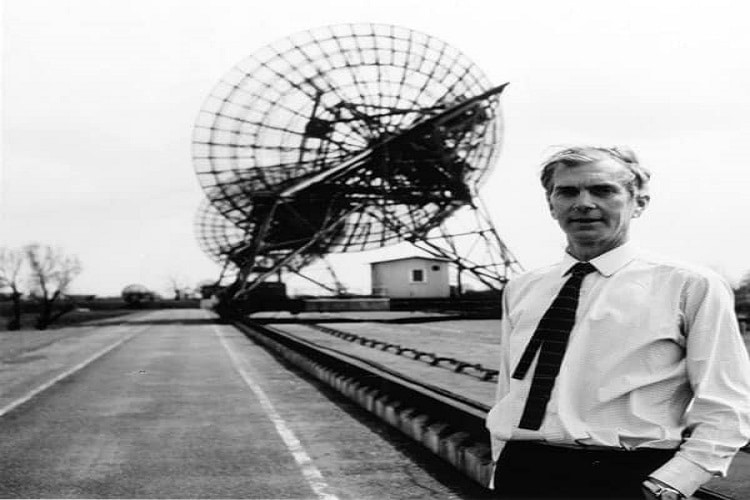Martin Ryle (27 September 1918 – 14 October 1984) was an English radio astronomer. Martin Ryle was awarded the Nobel Prize in Physics.
Life and Career
Martin Ryle was born on 27 September 1918, in Brighton, England. He attended Bradfield College and later studied physics at the University of Oxford, where he developed an interest in radio waves and radio technology.
Ryle’s career in radio astronomy began during World War II when he worked on radar development for the Royal Air Force. This experience led him to explore the potential of radio waves for astronomical research.
In 1945, he joined the University of Cambridge’s Cavendish Laboratory, where he established the Radio Astronomy Group.
Ryle’s most significant contribution to the field was the development of the aperture synthesis technique, which allowed radio astronomers to achieve high-resolution images of celestial objects.
In 1947, he designed the first radio interferometer, known as the Cambridge Interferometer, which enabled him to create detailed radio maps of the sky.
He went on to build more advanced radio interferometers, including the One-Mile Telescope and the Five-Kilometer Telescope, which provided unprecedented insights into the structure and distribution of radio sources in the universe.
Ryle’s pioneering work led to the discovery of quasars and the development of the radio source catalog known as the Cambridge Radio Source Catalog.
Martin Ryle continued his research and leadership in radio astronomy until his retirement in 1982.
Martin Ryle passed away on October 14, 1984, at the age of 66, in Cambridge, England.
Award and Legacy
Martin Ryle was awarded the Nobel Prize in Physics, along with Antony Hewish, for their pioneering work in radio astronomy and the discovery of pulsars. This prestigious recognition highlighted the significance of Ryle’s contributions to the field.
Ryle was also awarded the Gold Medal of the Royal Astronomical Society in 1954 and later served as the President of the Royal Astronomical Society from 1972 to 1974.
Martin Ryle’s most enduring legacy is the development of the aperture synthesis technique in radio astronomy. This revolutionary method allowed astronomers to achieve high-resolution images of celestial objects, paving the way for detailed studies of galaxies, quasars, and other cosmic phenomena.
Ryle’s contributions to the discovery of pulsars, along with Antony Hewish, expanded our understanding of celestial objects and their properties. Pulsars are highly magnetized, rotating neutron stars that emit beams of electromagnetic radiation, and they have since become a crucial subject of study in astrophysics.
Martin Ryle’s groundbreaking work and dedication to radio astronomy continue to inspire aspiring astronomers and scientists worldwide. His innovative techniques and discoveries have had a profound and lasting impact on the field, motivating future generations to explore the mysteries of the universe.

